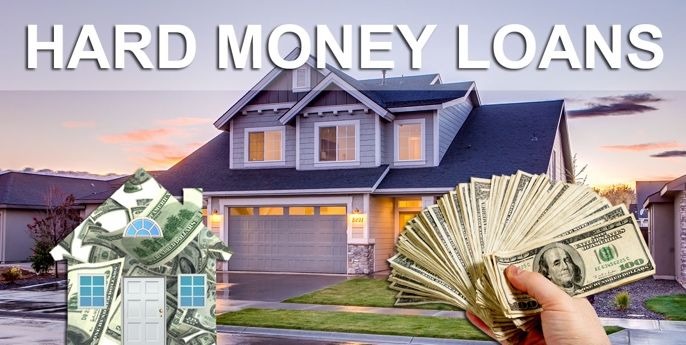
Most real estate investors use the wrong loan to invest in single-family houses. They automatically go to Wells Fargo, Bank of America, Chase or maybe a credit union and get a conventional loan to purchase rental or flip real estate. As a result, they generally have to come out of pocket 3 to 5 times what an educated investor would for the same deal.
Professional investors don’t go to banks like this or use conventional loans at all when purchasing. They use bridge loans also known as hard money loans.
A bridge loan is a loan that includes the purchase price, repairs and closing costs all in one loan whereas the conventional loan will only cover the purchase price. You have to pay for the repairs and closing costs out of your pocket.
Plus, while the conventional loan will require 20% plus for a down payment, the bridge loan has no requirement for a down payment and sometimes you can get into the deal for $0 out of pocket.
Let’s look at a quick side by side comparison of total out of pocket for each type of loan. We will look at property with an after repaired value of $400,000. This is known as the ARV.
| ARV $400,000 | Bridge Loan | Conventional Loan |
|---|---|---|
| Purchase Price | $240,000 | $240,000 |
| Repairs | $70,000 | $70,000 |
| Closing Costs | $15,000 | $10,000 |
| All in Price | $325,000 | $320,000 |
| Total Out of Pocket | $25,000 | $128,000 |
As you can see, the difference in total out of pocket is huge: it’s over five times as much with a conventional loan. You could buy five houses with the same amount of money and build your portfolio much more quickly.
How does a bridge loan work? The mortgage company will finance up to 75% of the ARV or $300,000. So, all you pay is the difference between your all-in price and the 75%. In this case you are all in at $325,000. Subtract 75% of ARV or $300,000 and you only have to come out of pocket $25,000.
How does the conventional loan work? You have to put up 20% of the purchase price, plus the repairs and closing cost. A total of $128,000.
What’s the catch?
A bridge loan has a very high interest rate between 9 and 12%. However, you don’t care since you only use the bridge loan for a short time to flip it or refinance it if you are going to rent it out.
If this is a rental, you finish your repairs and immediately refinance the loan into a conventional loan with a low fixed rate for 30 years. No additional down payment is required to do this.
So, be wise when choosing your loan. Always use a bridge/hard money loan when purchasing single-family houses for flip or rental.

Lead Consultant at Total Wealth Academy